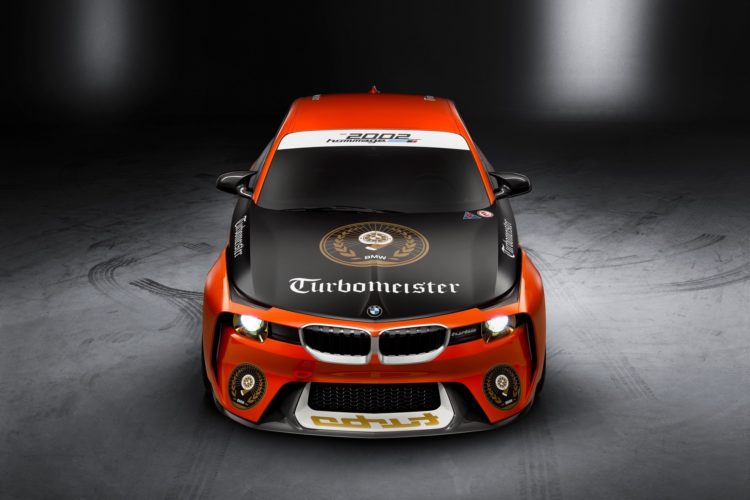Another day, another Tesla moonshot. Elon Musk debuted the Tesla Cybercab robotaxi on Thursday night in a perfectly Musk-ian way, complete with robot bartenders and an overambitious price ($30,000) with the promise to have the car in production “before 2027.” What’s the Cybercab? Why, it’s the fully autonomous taxicab that Musk has been promising since 2017. Ten years is still better late than never. Or is it?
Musk took the stage last night and touted his two-door hatchback as a wirelessly-charging (there’s no charging port) and self-driving solution coming to the market in 2026. There’s no steering wheel or pedals, indicating that this vehicle is solely designed with Level 5 autonomy in mind. As a reminder, Level 5 self-driving means absolutely no driver required – the pilot essentially becomes a passenger in their own vehicle. He went on to inform the captive audience that “unsupervised” FSD (Full Self-Driving) would come first to Model 3 and Model S vehicles. But frankly, that seems just as unlikely.

In addition to defining the six levels (0 through 5) of driver assistance system, The Society of Automotive Engineers (SAE) stipulates that for Level 4 and Level 5 driving, “you are not driving.” That opens a can of worms regarding liability and is one of just many hurdles when it comes to getting these autonomous vehicles on the road. Aside from regulatory and liability issues, you still need to deal with things like data management and storage, remote assistance, emergency vehicle detections, and detours.
Even leaders in the field like Waymo still have trouble with those last two. That’s a fact I’m well acquainted with, as just last week the Waymo I was in struggled with an emergency vehicle pulled over and blocking part – but not all – of an intersection. Instead of simply driving around the vehicle, we embarked on a somewhat lengthy detour. Of course, this wouldn’t have been an issue if Waymo had cracked the code on freeway driving. But alas, our autonomous taxis are still limited to surface streets. That’s not a dig at Waymo, by the way – it simply serves to illustrate how monumental a task bringing truly autonomous driving to the masses is.

BMW has taken a considerably more cautious – and realistic – approach to the “problem” of self-driving and autonomy. The BMW roadmap for autonomy accounts for Level 4 autonomy but acknowledges the immense difficulty to get there. Earlier this year, BMW was the first manufacturer to receive approval for combined Level 2 and Level 3 driver assistance systems. And yet, despite that feather in their hat, it looks like BMW will stick to Level 2+ tech in their upcoming Neue Klasse models. This is likely due to a variety and combination of reasons; cost being principal.
My prediction? Slow and steady wins the race. Pretending a car with Level 5 capability is coming in 2026 is one thing. Asserting that it will cost $30,000 is John DeLorean levels of self-aggrandized delusion. But, I guess that part is hardly news.
Source: Car and Driver, SAE / Images: Courtesy of Tesla, Inc









































































